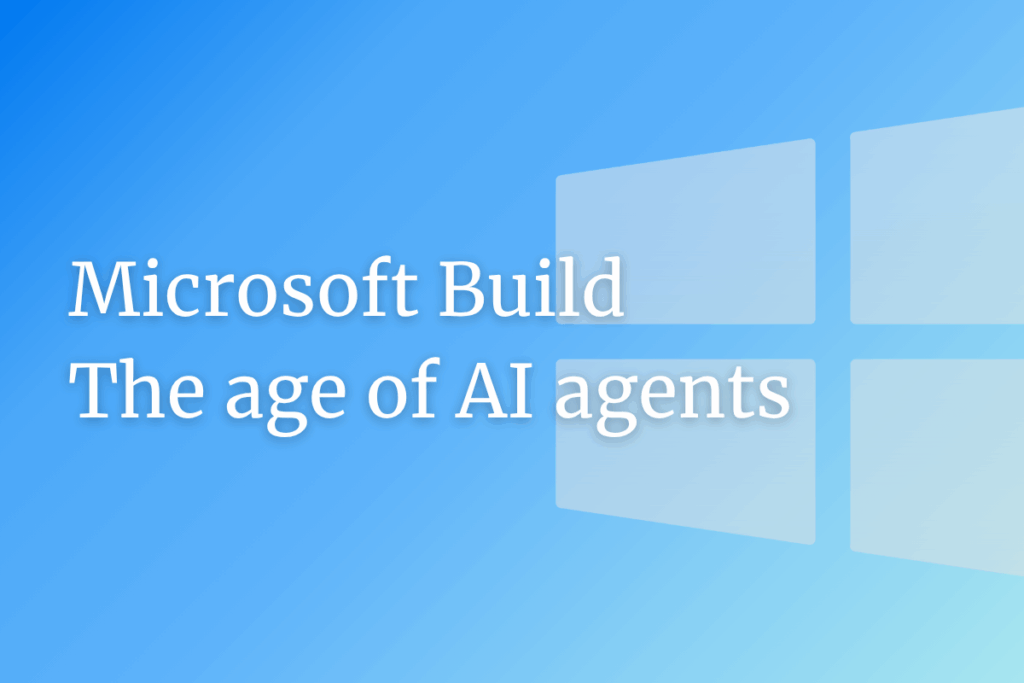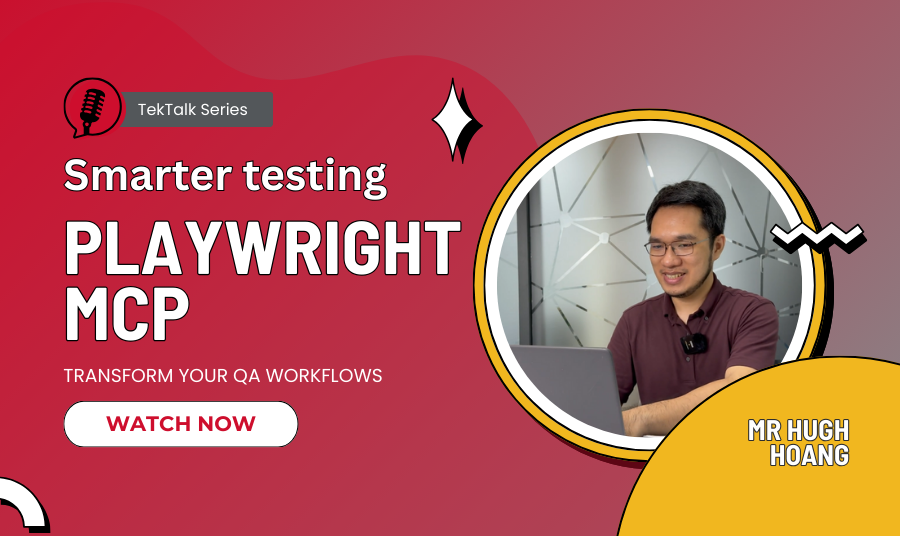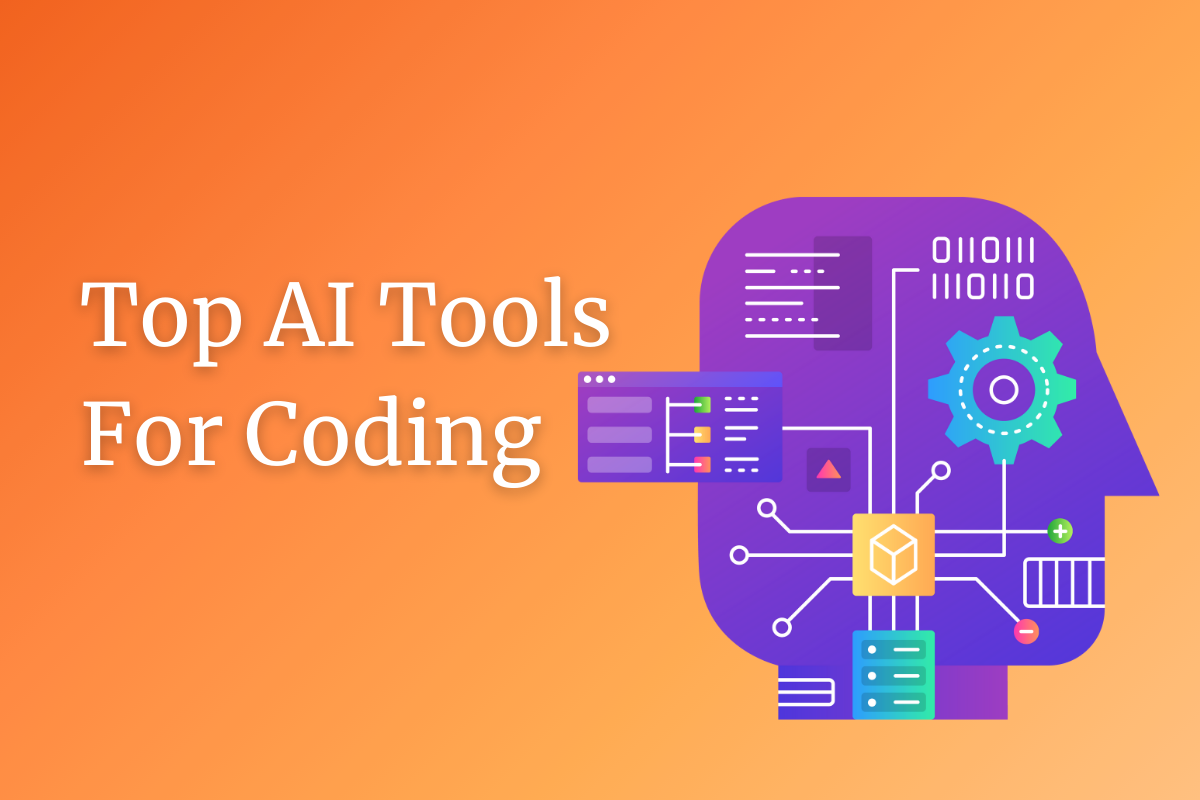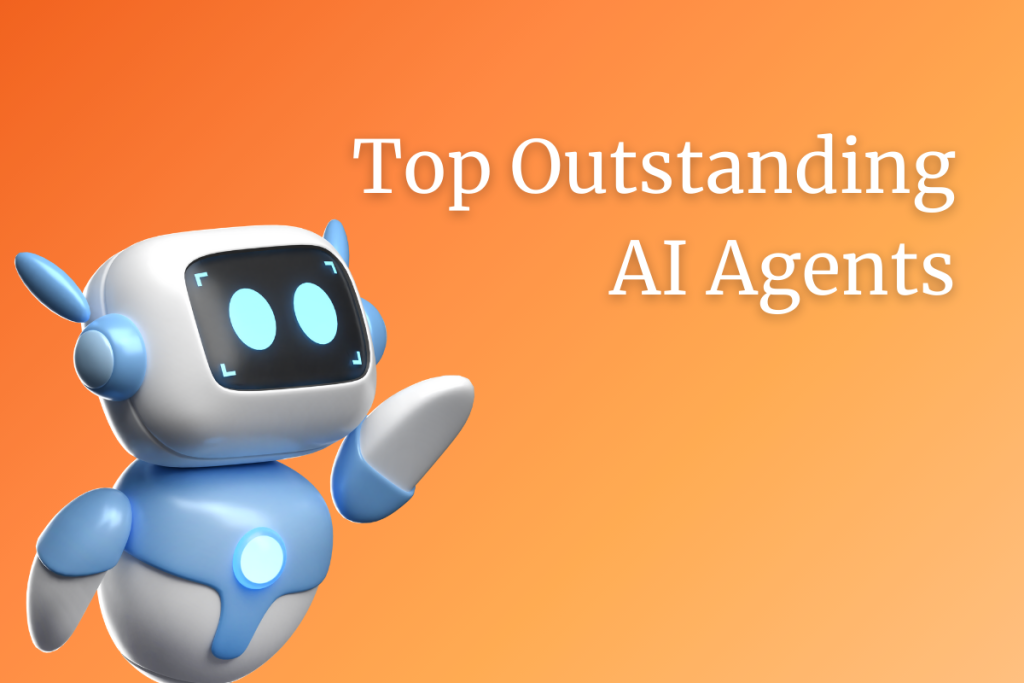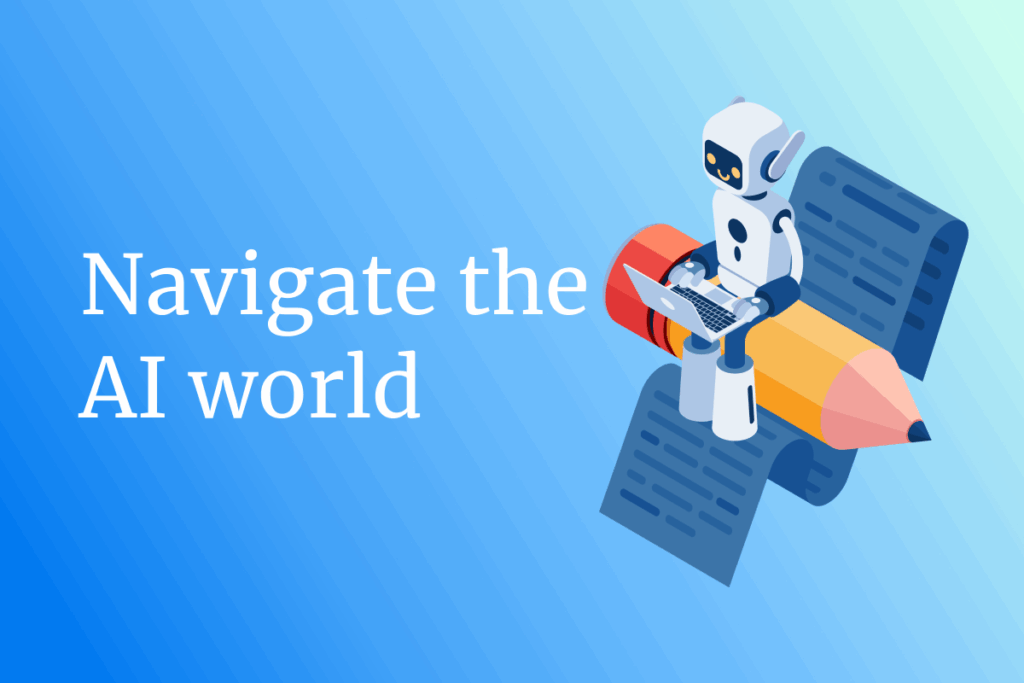The landscape of software development is undergoing a seismic shift, driven by artificial intelligence tools that promise to transform how developers write, test, and deploy code. Microsoft is at the forefront of this revolution, having recently unveiled groundbreaking updates that are reshaping the foundations of programming workflows.
Microsoft Build 2025 has ushered in what company leaders call “the age of AI agents,” marking a paradigmatic shift in how software is conceived, developed, and deployed. The annual developer conference in May 2025 unveiled groundbreaking innovations that promise to transform the software development landscape through autonomous AI systems, advanced automation tools, and revolutionary development platforms.
The Evolution of AI-Assisted Development
Software development has always been about solving complex problems efficiently, but the traditional approach has relied heavily on manual coding, extensive documentation review, and time-intensive debugging processes. The introduction of AI-powered coding assistants like GitHub Copilot has fundamentally altered this paradigm, offering developers intelligent suggestions, automated code completion, and contextual programming assistance that goes far beyond simple syntax highlighting. This evolution highlights a growing trend in software development where AI is increasingly integrated to foster innovation and elevate coding practices.
Moreover, these enhancements reflect a broader vision where AI tools assist with coding and contribute to the overall efficiency and effectiveness of development projects. As the integration of AI into software development continues to evolve, Microsoft remains at the forefront, redefining how developers interact with technology and each other in the coding ecosystem.
The Dawn of Autonomous Development: GitHub Copilot’s Evolution
From Assistant to Autonomous Agent
One of the most significant additions is the enhanced agent mode, which allows developers to utilize Copilot as a fully functional team member. GitHub Copilot is transforming from an in-editor assistant into an agentic AI collaborator, featuring a groundbreaking asynchronous coding agent built into the GitHub platform. Without constant developer input, the new autonomous AI coding agent can now complete full development tasks, like adding features, fixing bugs, and improving documentation.
This evolution represents a fundamental shift in the developer-AI relationship. Where previous iterations of Copilot required constant human guidance and prompting, the new coding agent can operate independently, making decisions about code architecture, implementation strategies, and testing protocols without continuous developer intervention.
Additionally, Microsoft is open-sourcing GitHub Copilot Chat for VS Code. The AI-driven functionalities from GitHub Copilot extensions will now be included in the same open-source repository that powers the world’s leading development tool. As the platform for more than 150 million developers, this strengthens our dedication to open, collaborative, AI-enhanced software development.
Visual Debugging with Copilot Vision
With the introduction of Copilot Vision, developers can now upload screenshots or UI images into the Copilot environment and receive contextual assistance. This feature makes it easier to diagnose and resolve issues related to UI, layout, and front-end behaviors. This enhancement shortens the feedback loop between QA, design, and development for businesses developing user-centric applications, helping teams identify and fix issues faster. It also reduces team friction, enabling smoother cross-functional collaboration and faster release iterations.
Enhanced Developer Productivity
The autonomous coding agent handles complex tasks like code reviews and bug fixes. It operates within a secure and customizable environment powered by GitHub Actions. This development enables developers to focus on high-impact tasks, boosting productivity.
This shift allows developers to focus on higher-level architectural decisions, creative problem-solving, and strategic planning while the AI handles routine implementation tasks. The result is a more efficient development process where human creativity and AI automation complement each other seamlessly.
Windows AI Foundry: Democratizing AI Development
Unified Platform for AI Development
Microsoft introduced Windows AI Foundry at Build 2025, creating a unified and reliable platform supporting the AI developer lifecycle across training and inference. This platform addresses one of the most significant barriers to AI adoption: the complexity of managing different tools, frameworks, and deployment environments throughout the development process.
Windows AI Foundry provides developers with a cohesive ecosystem where they can train models, test implementations, and deploy AI-powered applications without navigating fragmented toolchains. This integration significantly reduces the technical overhead associated with AI development, making advanced AI capabilities accessible to a broader range of developers.
Local AI Development Capabilities
The platform includes Foundry Local, which automatically detects device hardware (CPU, GPU, and NPU) and lists compatible models for developers to test and deploy locally. This hardware-aware model recommendation system ensures optimal performance across different device configurations, from high-end development workstations to resource-constrained edge devices.
Local development capabilities are crucial for maintaining data privacy, reducing latency, and enabling offline development scenarios. By supporting local AI model execution, Microsoft is addressing enterprise concerns about data security while providing developers with the flexibility to work in diverse environments.
The Agentic Web: A New Paradigm for Software Architecture
Beyond Traditional Applications
Microsoft announced over 50 AI tools to build the ‘agentic web,’ which represents a vision where software applications are composed of interconnected AI agents rather than traditional static components. This agentic architecture enables applications to adapt, learn, and evolve based on user interactions and changing requirements.
In the agentic web model, software systems become more responsive and intelligent, capable of making autonomous decisions about resource allocation, user experience optimization, and system maintenance. This represents a fundamental departure from traditional software architecture patterns and introduces new possibilities for creating adaptive, self-improving applications.
Scientific Workflow Automation
Microsoft announced Microsoft Discovery, an extensible, enterprise-grade platform that leverages specialized AI agents to manage the full scientific workflow, from knowledge reasoning and hypothesis generation to candidate selection, simulation, and analysis.
This specialized application of agentic principles demonstrates how AI agents can revolutionize complex, knowledge-intensive workflows. By automating scientific research processes, Microsoft is showing how AI can accelerate innovation in fields requiring extensive data analysis, hypothesis testing, and iterative refinement.
Transforming DevOps with Intelligent Automation
Autonomous Problem Resolution
The integration of AI agents into DevOps processes represents another significant advancement announced at Build 2025. The agent helps you resolve problems quickly by guiding you through the analysis of root cause interactively or even autonomously. Best of all, when remediation actions are taken, or repair items are identified, they’re logged as GitHub issues so your team can follow through to close the loop.
This capability addresses one of the most time-consuming aspects of software maintenance: diagnosing and resolving production issues. By automating root cause analysis and providing autonomous remediation capabilities, AI agents can significantly reduce system downtime and free up developer resources for proactive improvements rather than reactive problem-solving.
Continuous Integration and Deployment Evolution
The agentic approach to DevOps extends beyond problem resolution to encompass the entire software delivery pipeline. AI agents can now manage deployment strategies, monitor system performance, and make real-time adjustments to optimize application performance and resource utilization.
This evolution toward intelligent DevOps represents a maturation of automation practices, moving from rule-based automation to adaptive, learning-based systems that can handle complex scenarios requiring contextual decision-making.
Impact on Developer Productivity and Workflow
Democratization of Complex Development
Microsoft Build 2025’s announcements point toward a future where complex software development becomes accessible to a broader range of individuals and organizations. By abstracting away technical complexity through AI agents, the barriers to entry for sophisticated software development are significantly reduced.
This democratization could lead to innovation as more people can create complex applications without extensive technical training. However, it also raises questions about quality control, security practices, and the role of traditional software engineering expertise in this new paradigm.
Accelerated Development Cycles
The productivity gains from GitHub Copilot’s latest features extend beyond simple code completion. By providing intelligent suggestions for complex algorithms, boilerplate code generation, and architectural patterns, the tool enables developers to focus on high-level problem-solving rather than low-level implementation details.
Early adopters report productivity improvements ranging from 30% to 55% in certain development tasks. These gains are particularly pronounced in areas like API development, data processing workflows, and user interface implementation, tasks that often involve repetitive patterns that Copilot can now handle with remarkable sophistication.
Hybrid Intelligence Systems
The most promising aspect of the developments announced at Build 2025 is the emphasis on collaboration between human creativity and AI capabilities rather than replacing human developers. Making Copilot more agentic makes coding help more autonomous, moving away from human prompting Copilot at most steps and letting it do its own work. At the same time, the developer focuses on something else.
This hybrid approach recognizes that while AI excels at routine tasks, pattern recognition, and rapid iteration, human developers remain essential for creative problem-solving, strategic thinking, and ethical decision-making. The future of software development lies in optimizing this collaboration rather than seeking to replace human intelligence entirely.
Enterprise Implications and Strategic Considerations
Quantifying Development Efficiency Gains
Organizations adopting Microsoft’s AI-powered development tools can expect substantial returns on investment through accelerated development cycles and reduced labor costs. Early adopters of autonomous coding agents report productivity improvements ranging from 30% to 70% for routine development tasks, with the most significant gains observed in code refactoring, bug fixing, and feature implementation.
The ROI calculation extends beyond immediate productivity gains. Organizations can reallocate senior developer time from routine coding tasks to strategic architecture decisions, innovation projects, and complex problem-solving that directly impact business outcomes. This shift in resource allocation can lead to faster time-to-market for new products and more responsive adaptation to changing market requirements.
Cost Structure Transformation
The introduction of AI agents fundamentally alters the cost structure of software development projects. While organizations face upfront investments in AI tooling, training, and infrastructure adaptation, the long-term cost benefits are substantial. Reduced development time translates to lower project costs, while autonomous problem resolution capabilities decrease operational overhead and minimize costly system downtime.
Organizations should expect the most significant ROI in large-scale projects where AI agents can simultaneously handle repetitive tasks across multiple development streams. The scalability of AI assistance means that productivity gains compound as project complexity increases, making enterprise-level development initiatives particularly suitable for AI augmentation.
Competitive Advantage Through Speed
Companies that successfully integrate AI agents into their development workflows will gain substantial competitive advantages through accelerated innovation cycles. The ability to rapidly prototype, iterate, and deploy new features enables more responsive product development and faster market penetration. This speed advantage becomes particularly valuable in competitive markets where first-mover advantage determines market share.
The autonomous nature of AI agents also enables 24/7 development progress, as agents can continue working on assigned tasks outside traditional business hours. This capability effectively extends development capacity without proportional increases in labor costs, providing organizations with enhanced development throughput.
Implementation Challenges and Strategic Considerations
Technical Integration Complexities
Despite the promise of seamless AI integration, organizations face significant technical challenges when implementing autonomous development agents. Legacy codebases, proprietary frameworks, and existing development toolchains may require substantial modification to accommodate AI agents effectively. The complexity of integrating AI agents with established CI/CD pipelines, security protocols, and quality assurance processes can create implementation bottlenecks that delay
ROI realization.
Organizations must carefully evaluate their existing technical infrastructure and plan for necessary upgrades or replacements. The cost of infrastructure modernization should be factored into ROI calculations, as older systems may require significant investment before they can effectively support autonomous AI agents.
Skill Gap and Workforce Adaptation
The transition to AI-augmented development requires substantial workforce adaptation and skills development. Developers must learn to work collaboratively with AI agents, understanding their capabilities and limitations while developing new workflows that optimize human-AI collaboration. This learning curve can temporarily reduce productivity as teams adjust to new working methods.
Organizations need to invest in comprehensive training programs that help developers transition from traditional coding practices to AI-collaborative approaches. The challenge lies in maintaining development momentum while teams acquire new skills, requiring careful change management and potentially extended project timelines during the transition period.
Quality Assurance and Code Reliability
Autonomous AI agents introduce new quality assurance challenges that organizations must address to maintain code reliability and system stability. While AI agents excel at generating syntactically correct code, ensuring that generated code meets business requirements, follows security best practices, and integrates properly with existing systems requires enhanced testing and validation processes.
Organizations must develop new quality assurance methodologies that account for AI-generated code, including automated testing frameworks specifically designed to validate AI agent output. The challenge is ensuring code quality while maintaining the speed advantages that AI agents provide, requiring sophisticated testing strategies that can keep pace with accelerated development cycles.
Data Security and Intellectual Property Concerns
The use of AI agents in software development raises significant concerns about data security and intellectual property protection. AI agents require access to codebases, proprietary algorithms, and sensitive business logic to function effectively, creating potential vulnerabilities if not properly managed. Organizations must implement robust security frameworks that protect sensitive code while enabling AI agents to operate effectively.
Intellectual property considerations become particularly complex when AI agents generate code based on training data that may include proprietary information from other sources. Organizations need clear policies regarding code ownership, liability for AI-generated code, and procedures for handling potential intellectual property conflicts.
Regulatory and Compliance Implications
Industries subject to strict regulatory requirements face additional challenges when implementing autonomous development agents. Financial services, healthcare, and other regulated sectors must ensure that AI-generated code complies with industry standards and regulatory requirements. This compliance burden can complicate the implementation of AI agents and may require specialized validation processes.
Organizations in regulated industries should work closely with compliance teams and legal advisors to develop frameworks for AI agent governance that meet regulatory requirements while preserving the productivity benefits of autonomous development tools.
Security and Governance Challenges
The autonomous nature of AI agents introduces new security considerations that organizations must address. While these agents operate within controlled environments, their ability to make independent decisions about code changes, system configurations, and deployment strategies requires robust governance frameworks.
Organizations must develop new policies for AI agent oversight, establish clear boundaries for autonomous operations, and implement monitoring systems that detect and respond to unexpected agent behaviors. The challenge lies in maintaining the benefits of autonomous operation while ensuring appropriate human oversight and control.
Conclusion: A New Chapter in Software Development
Microsoft Build 2025 has established a new trajectory for software development, emphasizing autonomous AI agents, intelligent automation, and collaborative human-AI workflows. The announcements represent more than technological improvements; they fundamentally reimagine how software is created, maintained, and evolved.
The transition to agentic development models will require significant adaptation from developers, organizations, and the broader software industry. Success in this new paradigm will depend on embracing the collaborative potential of human-AI teams while developing appropriate governance frameworks and security practices.
As these technologies mature and become widely adopted, we can expect to see accelerated innovation cycles, more sophisticated applications, and new categories of software solutions that were previously impractical to develop. The industry’s challenge will be managing this transformation responsibly while realizing the full potential of autonomous AI agents in software development.
The future envisioned at Microsoft Build 2025 is one where developers are liberated from routine tasks to focus on innovation, creativity, and solving complex problems that require human insight and judgment. In the future, AI agents will handle the mechanical aspects of software development, enabling human developers to reach new levels of productivity and creative expression in their work.
ContactContact
Stay in touch with Us
